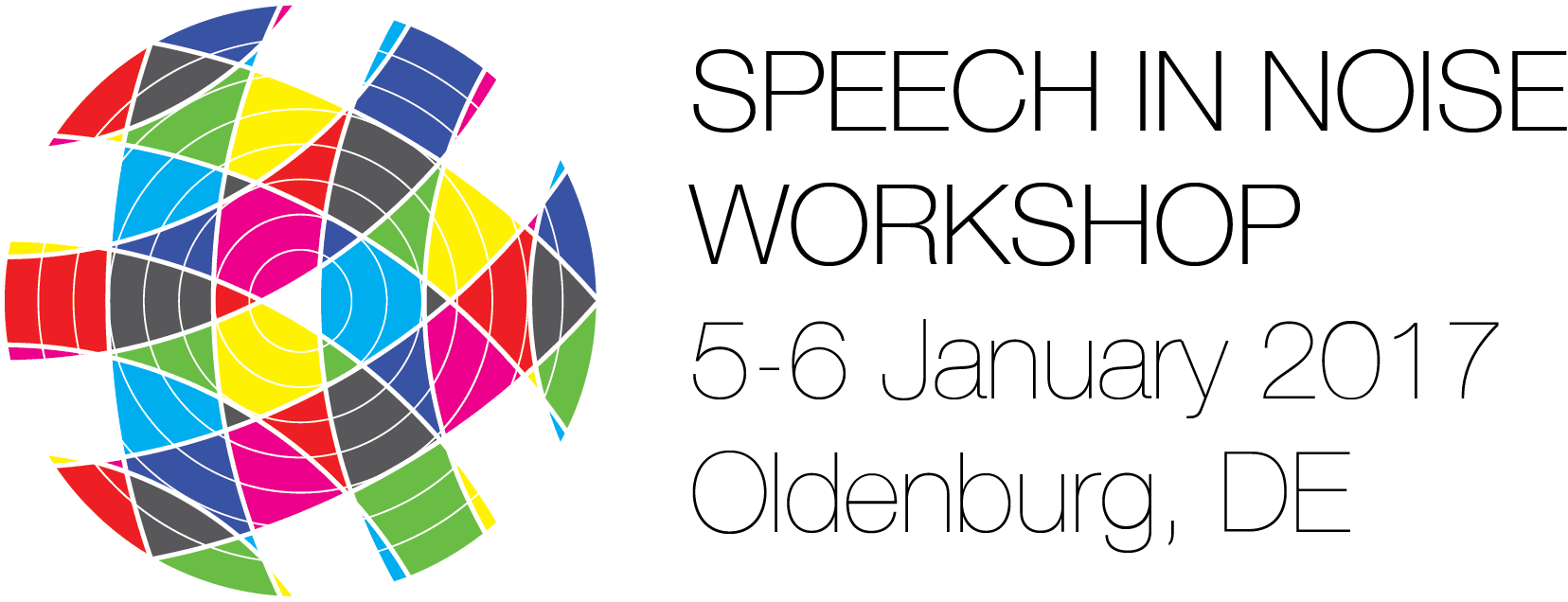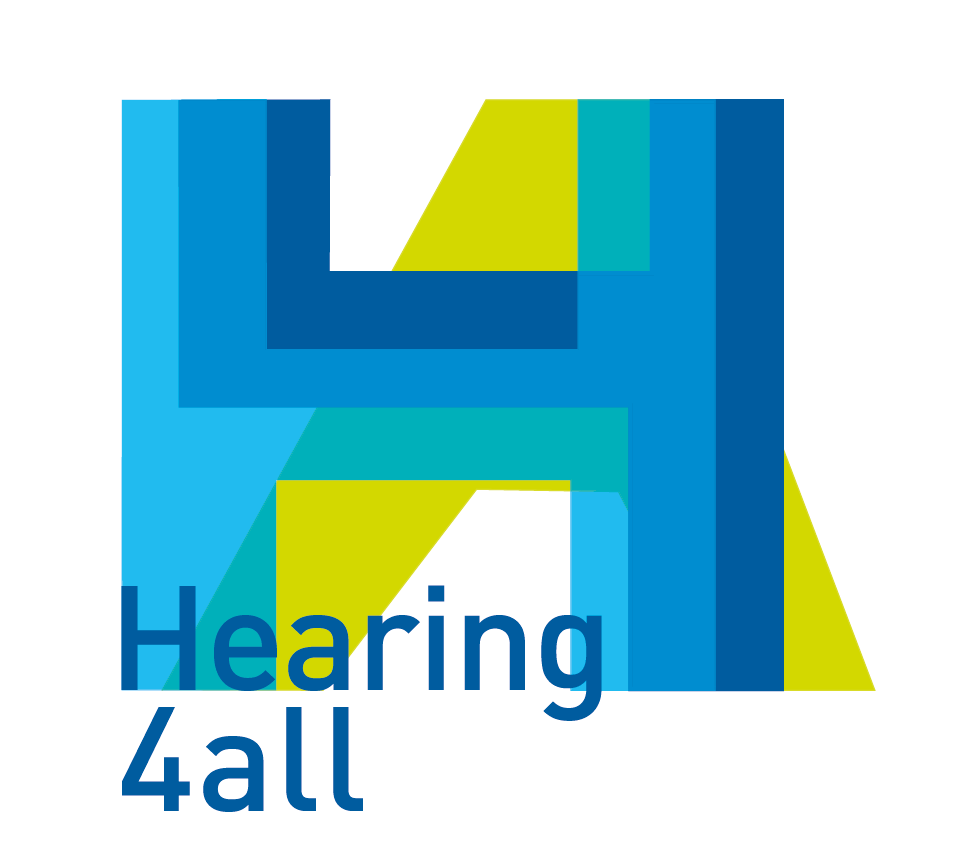Congenital unilateral hearing impairment - Bone Anchored Hearing Implants in complex listening environments
Congenital unilateral hearing impairment (UHI) affects auditory performance in complex listening environments. UHI leads to auditory pathways reorganization and aural preference syndrome, as binaural plasticity occurs mostly in the first years of life. Children with UHI may have increased rates of grade failure, need for additional educational assistance, behavioural issues in the classroom and speech and language delays. However, there is a significant gap of knowledge on how to evaluate and rehabilitate children suffering from UHI.
Our objective was to assess improvements in speech understanding in complex listening environments with bone anchored hearing implants (BAHI) for congenital UHI.
Study design was a non-randomized, open, prospective case series. Setting was a tertiary referral center. Between November 2014 and November 2016, 16 children (mean age 10+/-4 years) were tested with BAHI for congenital UHI. Nine children were affected by Single Sided Deafness (SSD) and 7 suffered from Moderate Conductive Hearing Impairment (MCHI). Intervention:Transcutaneous or percutaneous BAHI. A quick adaptive procedure was used to test head shadow effect and interaural attenuation, loudness summation, binaural squelch on azimuth (90°) and elevation (30°), and spatial release from masking. Data logging informations were analyzed. AFHAB and SSQ hearing-related quality of life questionnaires were administered.
All children showed poorer-than-normal speech in noise performance without BAHI. Mean improvement of intelligibility with BAHI was 19.2% at loudness summation, 20.0% at squelch on azimuth, 15.0% at squelch on elevation with SNR+10. Mean improvement of Maximum Speech Reception Threshold (Max-SRT) with BAHI was 2.0 dB at binaural loudness summation, 3.0 dB at squelch on azimuth, 5.3 dB at squelch on elevation. On average, children obtained a speech release from masking of 1.3 dB on azimuth and of 4.8 dB on elevation. Data logging, AFHAB and SSQ results disclose an advantage with BAHI in real life conditions. Pseudo-binaural hearing enhances speech in noise performance in children. The gain is measurable on the whole test battery and it is more evident on elevation. The effectiveness of BAHI in complex listening environments is supported by data logging and quality of life measures.
Warning: Use of undefined constant s - assumed 's' (this will throw an Error in a future version of PHP) in /home/spinnluxnr/www/2017/pages/programme.php on line 208


